Filter by
Awarded Projects (315)
RSS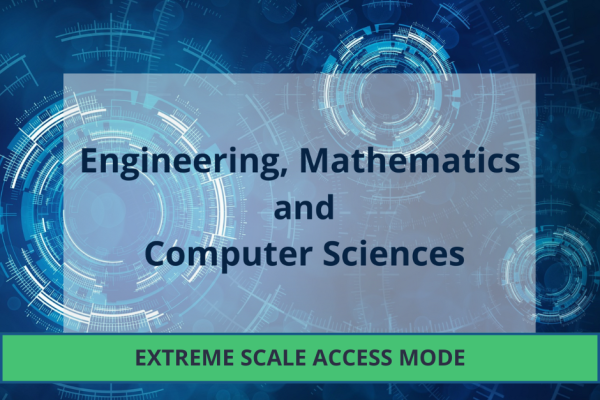
Large language models (LLMs) are at the core of the current AI revolution, and have laid the groundwork for tremendous advancements in Natural Language Processing.
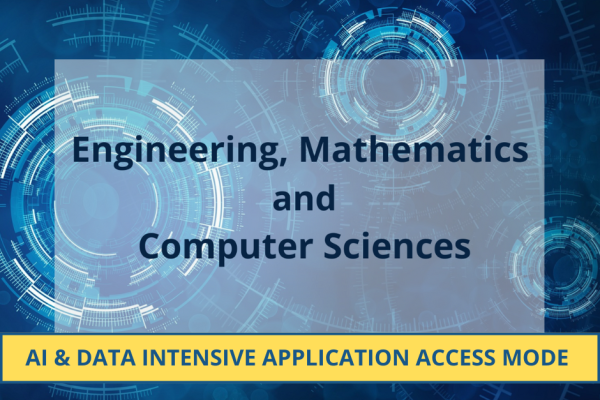
This project will explore a novel, scalable, and cost-effective approach to instruction tuning and alignment of existing LLMs to new languages.

The national libraries of Norway and Sweden collect and preserve nearly everything that is published in their respective languages. Both organizations have used these collections to train and release open access AI models that have seen widespread use with millions of combined downloads.
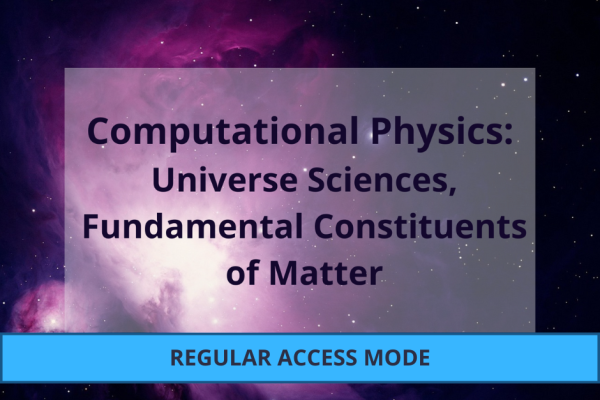
The primary objective is to evaluate the impact of self-interacting dark matter on alleviating discrepancies between simulation results and observations of galaxy-galaxy strong lensing in cluster environments.

Understanding how merging binary neutron stars (BNSs) can launch powerful relativistic jets and, in turn, produce short gamma-ray bursts (SGRBs) remains a major theoretical challenge.

The project proposes to carry out simulations of the plasma dynamics in the boundary region of single-null discharges performed in the TCV tokamak.

High-intensity particle physics experiments, such as those at MAMI in Mainz and at Jefferson Lab and Fermi Lab, are providing precision nucleon structure results in the search for new physics.
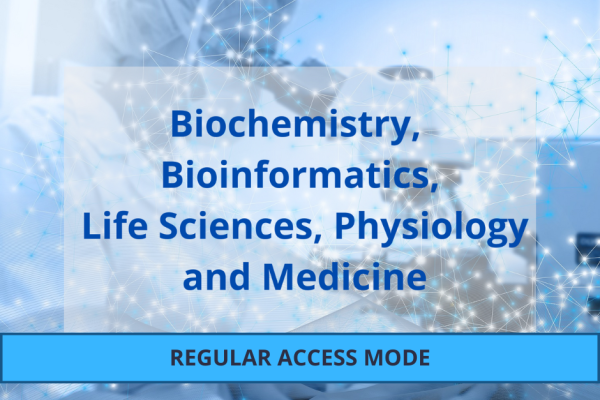
A molecular level understanding of skin permeation may rationalize and streamline product development and improve quality and control, of transdermal and topical drug delivery systems.

Optogenetics uses light to control the activity of specific cells, and it has revolutionised neuroscience research. Genetically modified cells express light-sensitive proteins called opsins, which are activated when exposed to light of a specific wavelength.
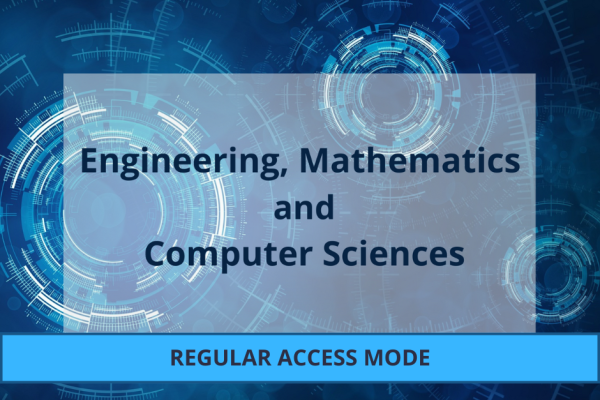
This is project meant to support the Smart-TURB ERC AdG (2021-2026) on Machine Learning applications to Eulerian and Lagrangian Turbulence.